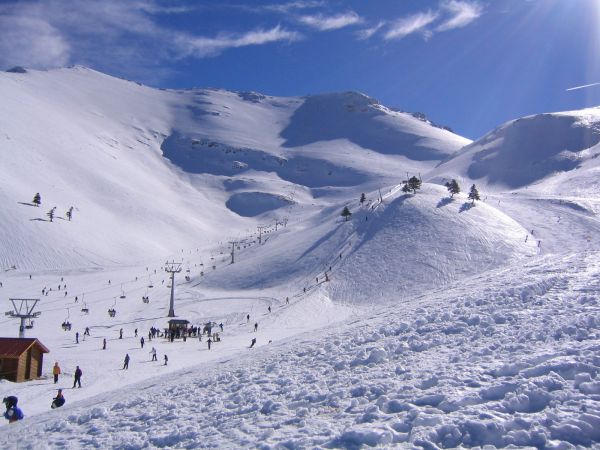Saint John's Day traditions in Spain
A very ancient origin
A very ancient origin.
Spain is a country of festivals. It's known, and even recognised, for it. Between Holy Week, Carnival and the Three Wise Men, there are a multitude of festivals. One of them, cherished by the Spanish, is Saint John's Day (or San Juan or Sant Joan).
The night of San Juan coincides with the arrival of the summer solstice, which is celebrated on the night of 23 to 24 June. It is the shortest night of the whole year, but also one of the most mystical nights in our calendar. In Spain, Saint John's Day is celebrated on the beaches and in the streets. It's a time to get together and celebrate to the sound of firecrackers and the rhythm of the music.
The origins of Saint John's Day go back to time immemorial. In fact, this celebration existed long before Christianity. In those days, fire was lit to coincide with the summer solstice, with the aim of purifying and "giving strength" to the sun. After the solstice, the days shortened until the second solstice, the winter solstice.
With the advent of Christianity, the celebration of the Summer Solstice became Saint John's Day. It was said to be the date of birth of Saint John the Baptist.
The symbols of San Juan in Spain.
Water, fire and plants are the symbols of Saint John's Day in Spain. Here's why.
It is said that bathing on the night of St John's Day purifies the body. During this mystical night, water is said to have healing properties. Water is also one of the elements of Christian baptism, supposed to deliver us from evil.
Fire is also a purifying element. Symbolically, fire heralds the end of winter and the problems associated with it. Fire is also said to eliminate bad luck.
In the past, people had to pick plants on the night of St John's Day. It was said that plants picked on the night of St John's Day protected against evil eyes and the Devil. According to legend, it was an opportunity for witches to gather more powerful plants for their potions. During this magical night, it was said that the plants increased their virtues tenfold.
Other traditions encouraged women to roll in the dew in the early hours of St John's night. This ritual was supposed to increase their fertility.
A different approach in different regions.
St John's Day is celebrated in many countries around the world. Either the festival is celebrated under this name, or under other names.
In Coruña, the festivities begin in the morning. Many activities take place, including bagpipe concerts, traditional dances and parades. Spectators feast on grilled sardines, and at night many bonfires are lit on the beach. At midnight, spectators watch a giant fireworks display.
Saint John's Day in Spain: Burning what you want to get rid of
Saint John's Day in Alicante (Los Fogueres de Sant Joan or Hogueras de Sant Joan) has been declared a festival of international tourist interest and intangible cultural heritage. The city of Alicante comes alive with dance, music and fireworks. During the night, cardboard and wooden sculptures similar to the Fallas are burnt.
At the same time, the province of Málaga holds moragas (night-time fiestas by the sea) on its beaches. Bonfires are also built to roast sardines. However, these bonfires also have another function, that of burning the "júas", rag dolls that symbolise everything you want to get rid of. You can also write on a piece of paper what you'd like to be free of and throw it in the fire.
One of the most mystical festivals is undoubtedly that of Isil: Las Fallas de Isil.
The inhabitants of the village of Isil (in the province of Lleida) bring down lighted logs from the mountain, which they place in the centre of the village to make a huge bonfire. In fact, the festivities begin as early as May. Pine trees are carefully selected from the forest and felled.
In reality, it's more than just Saint John's Day, it's a kind of fire cult. The event has been on UNESCO's list of intangible cultural heritage since 2015.





 Français
Français  Nederlands
Nederlands  Español
Español 


